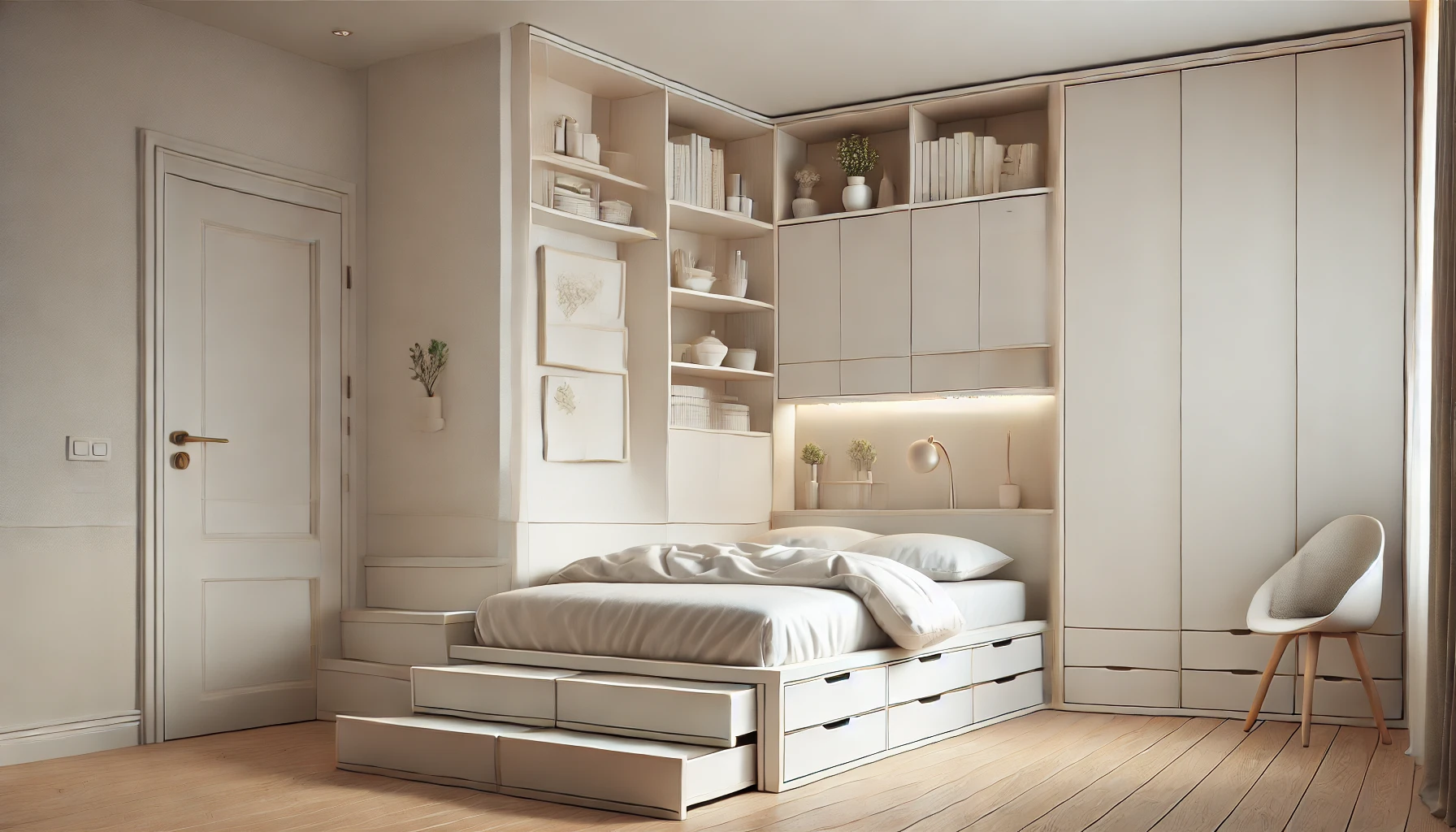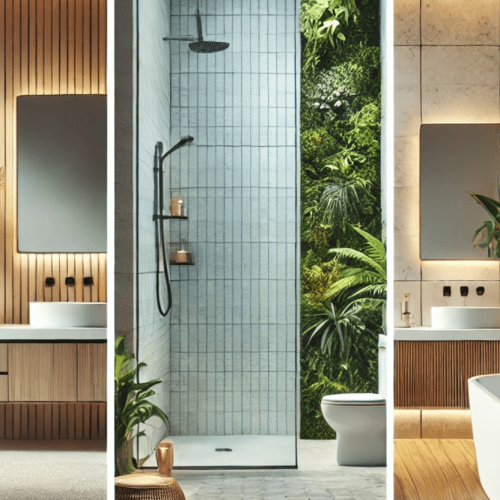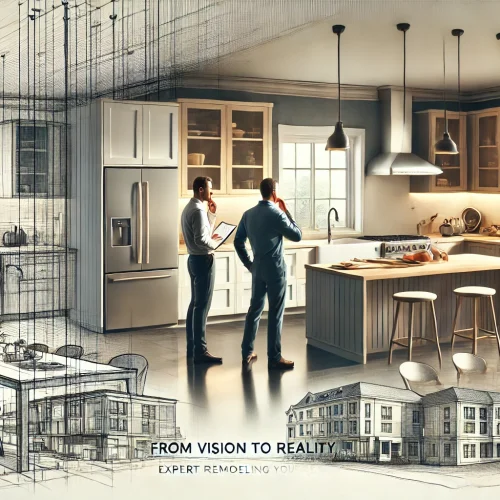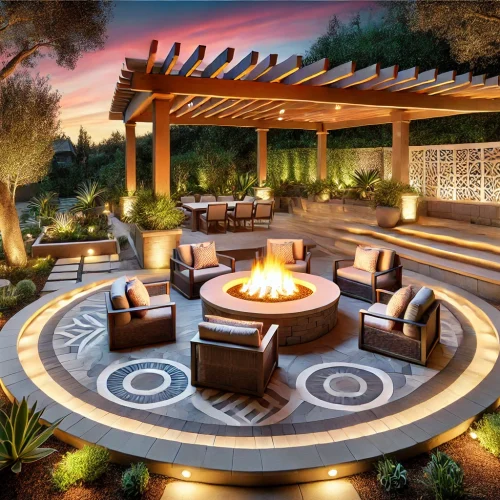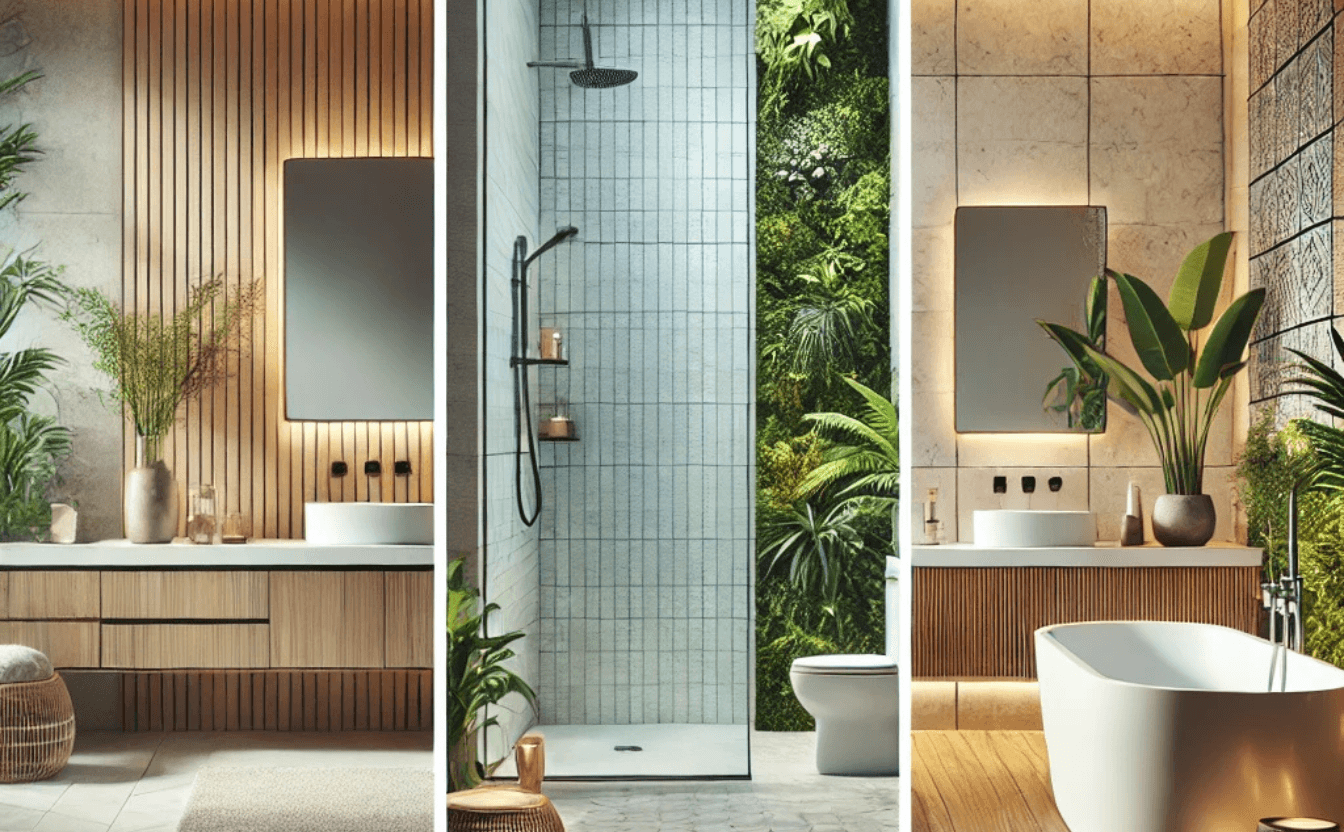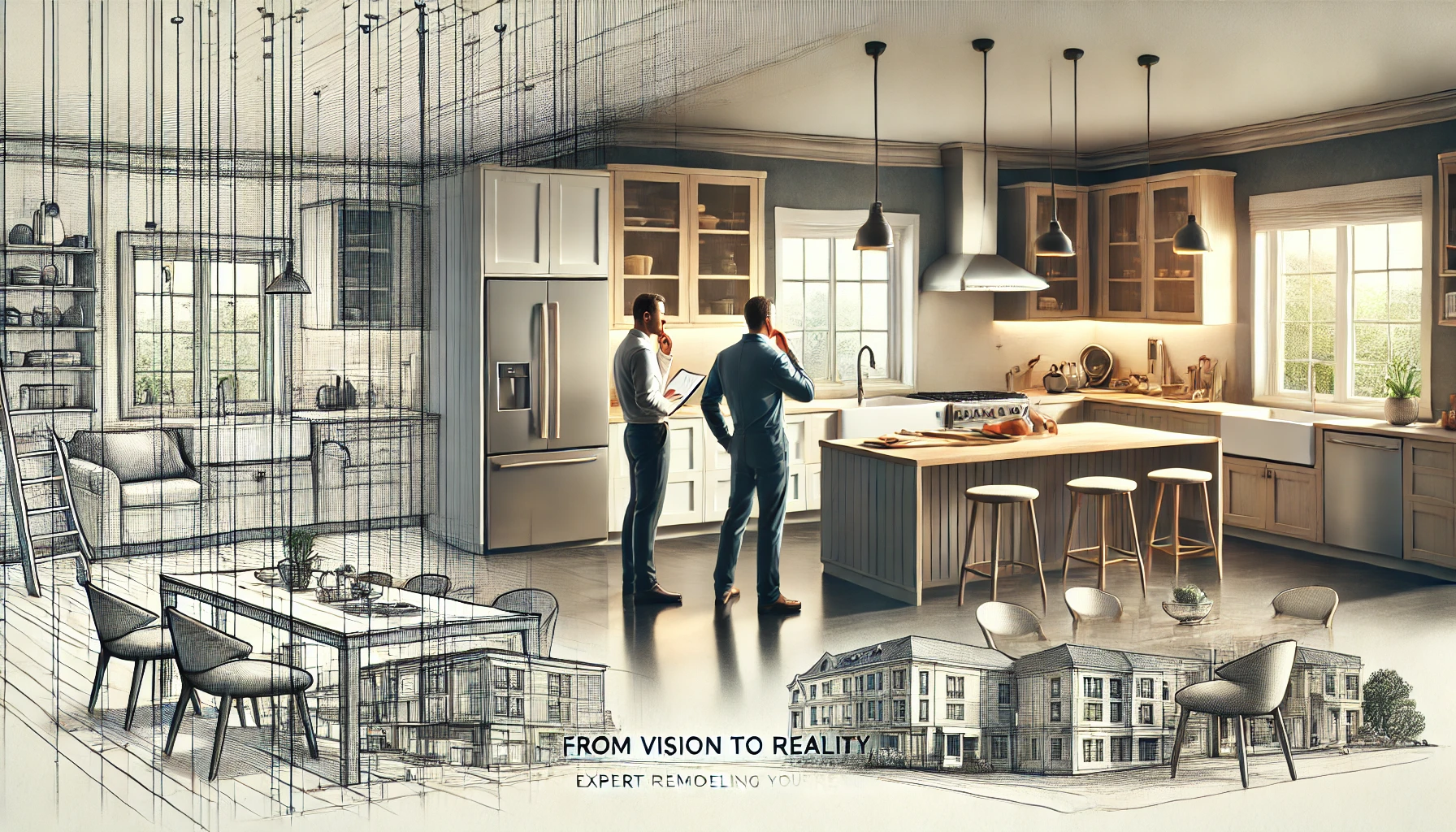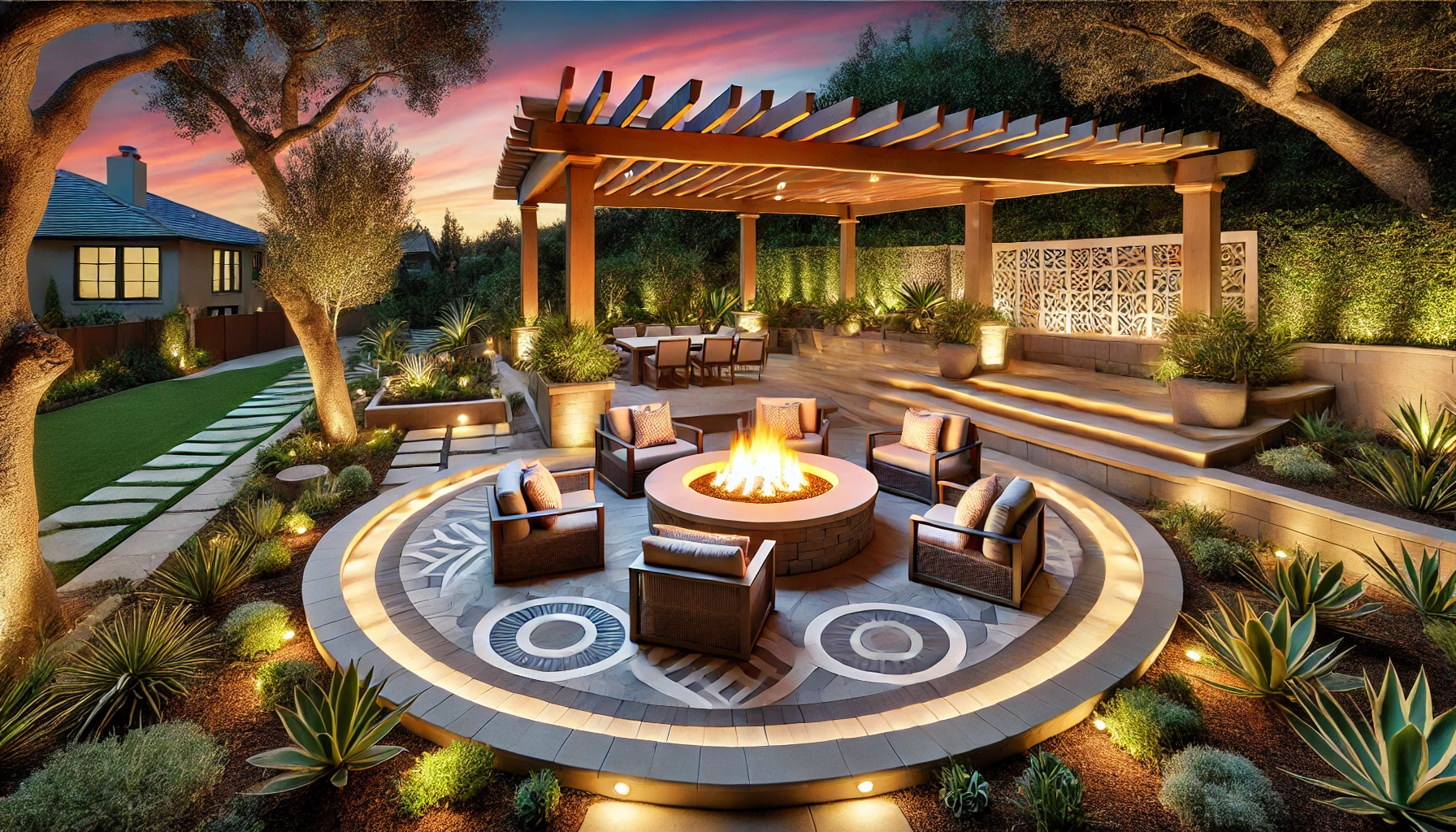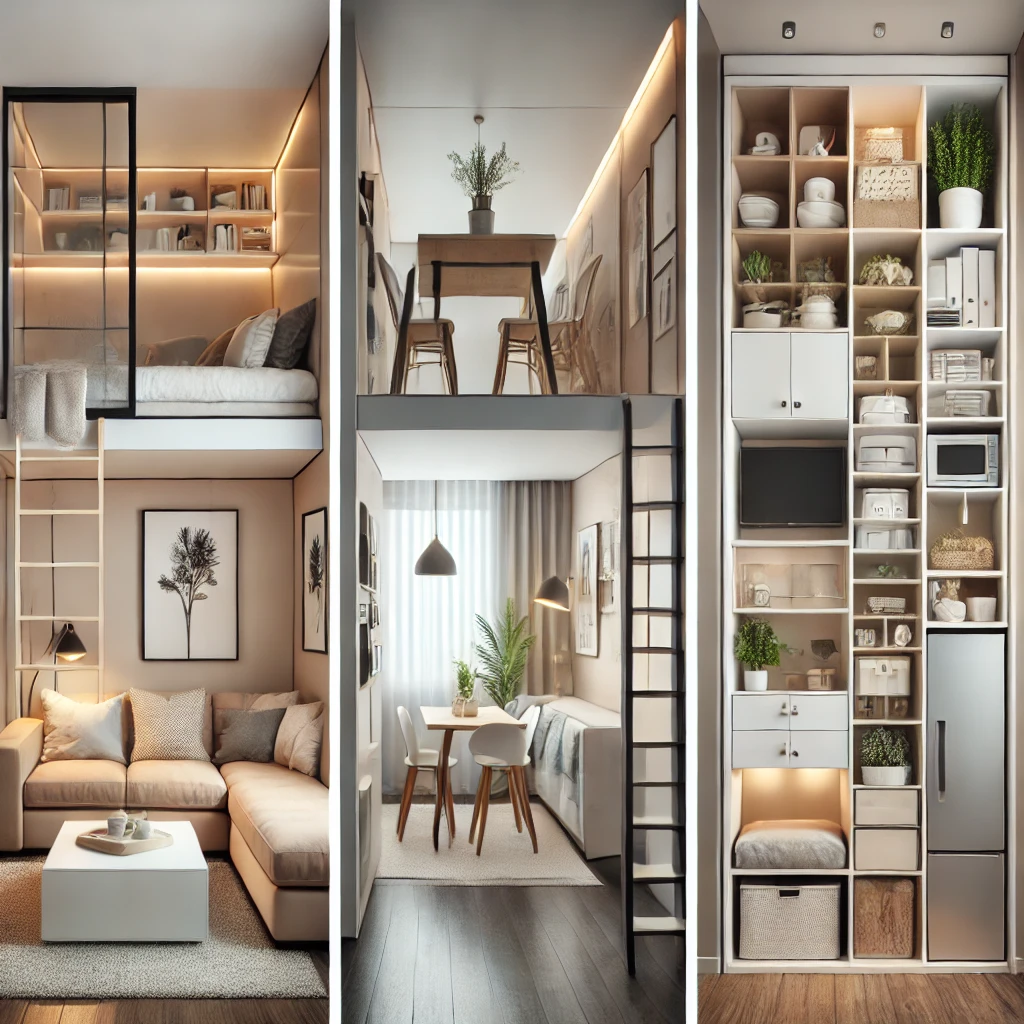Introduction
In the United States, especially in urban areas like New York, Chicago, and San Francisco, space is increasingly limited. For many homemakers, the need to live in smaller environments demands creativity, organization, and planning. According to a report by the National Association of Realtors (NAR), small apartments and compact homes account for over 35% of urban property sales in recent years, emphasizing the importance of transforming limited spaces into functional and beautiful areas.
This article provides detailed ideas to make the most of small spaces, offering practical and aesthetic solutions that add value to daily life and your property.
Why Maximizing Small Spaces Is Important
Transforming small spaces is both a practical need and an investment. Well-designed spaces improve functionality, enhance comfort, and increase property value. According to Zillow, optimized compact properties can appreciate by up to 15% compared to similar homes with poor layouts or disorganized spaces.
Moreover, organized spaces reduce stress and promote well-being. Studies from the American Psychological Association (APA) indicate that cluttered environments can raise cortisol levels, the stress hormone, by up to 30%.
Design Strategies for Small Spaces
2.1 Invest in Multifunctional Furniture
Multifunctional furniture is key to maximizing every square foot.
- Sofa Beds: Ideal for small living rooms that double as guest rooms.
- Beds with Drawers: Offer extra storage without taking up additional space.
- Foldable Tables: Perfect for small kitchens, as they can be folded when not in use.
Tip: Studies show that multifunctional furniture can save up to 40% of usable space in small homes (National Association of Home Builders).
2.2 Use Colors and Lighting to Expand Visual Space
- Light Colors: Neutral tones like white, beige, and light gray reflect light and create the illusion of a larger area.
- Mirrors: Strategically placed mirrors double natural light, making the space feel bigger.
- Recessed Lighting: Saves space and adds a sophisticated touch.
According to the American Lighting Association, proper lighting can enhance the perception of space by up to 20%.
2.3 Utilize Walls and Vertical Spaces
In compact spaces, walls are valuable for organization and design:
- Floating Shelves: Great for storing books, kitchen utensils, or decorative items.
- Hooks: For hanging pots, towels, or backpacks.
- Vertical Cabinets: Maximize height, especially in kitchens and bathrooms.
Example: A study by Better Homes & Gardens found that small kitchens can increase storage capacity by up to 25% with vertical solutions.
2.4 Create Multifunctional Zones
Designing specific zones in a small space is essential for organization:
- Flexible Dividers: Use screens or curtains to separate areas without blocking light.
- Rugs: Define different areas, such as living space and workspace.
2.5 Optimize Underutilized Spaces
- Under the Stairs: Transform into storage space or a small office.
- Corners: Use niches for reading areas or built-in storage.
According to the U.S. Department of Housing and Urban Development, optimizing unused spaces can increase a home’s functionality by up to 30%.
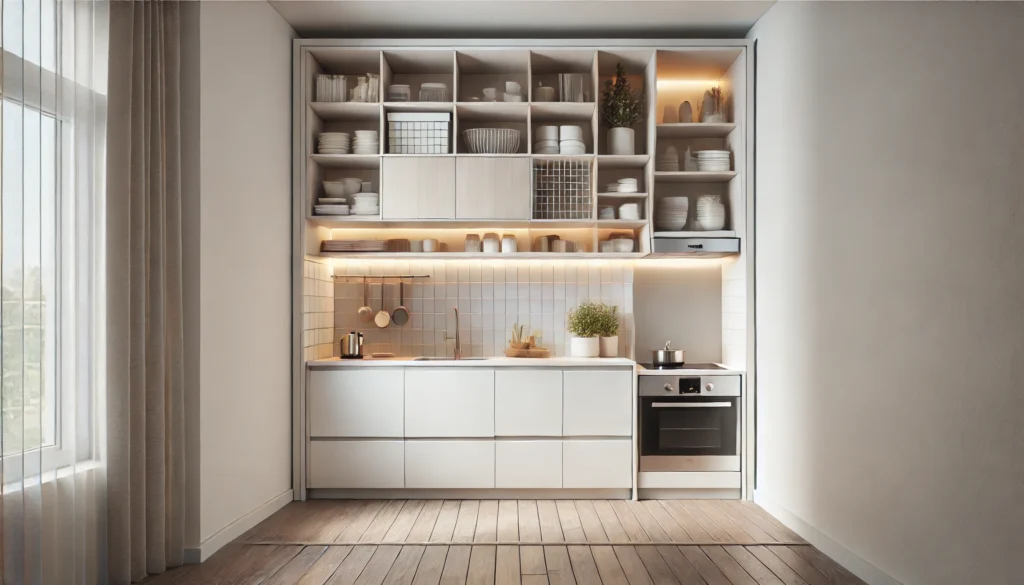
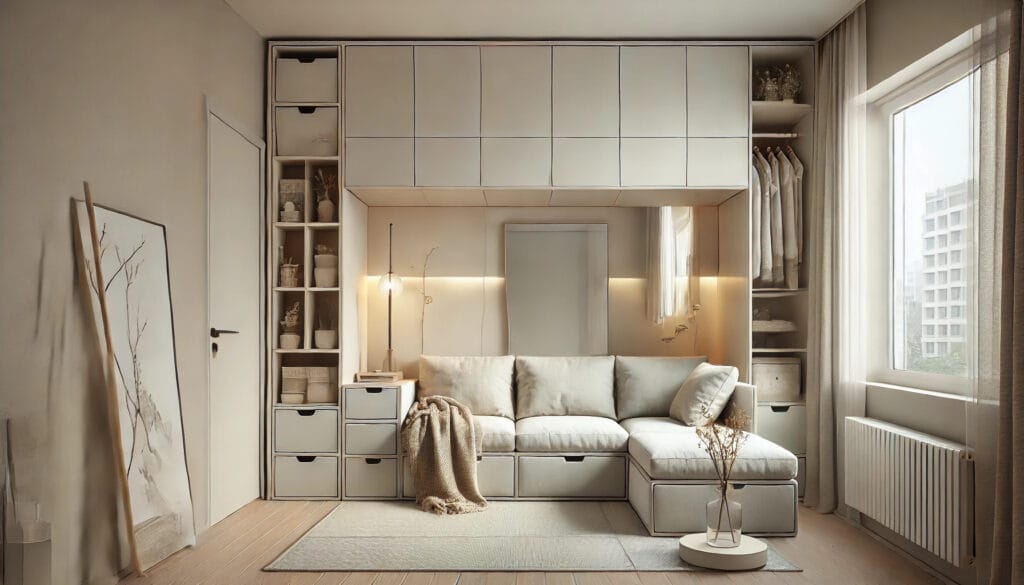
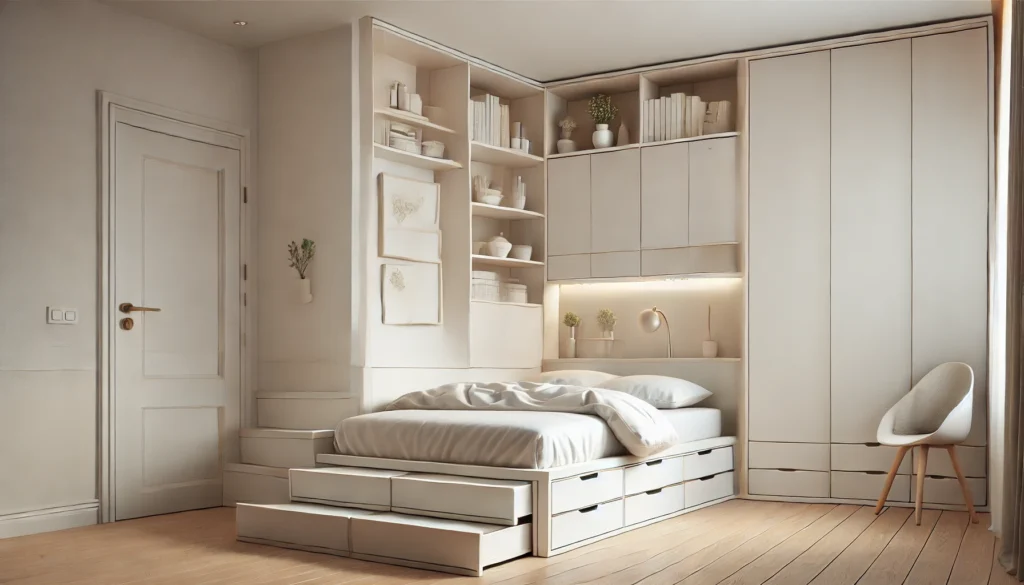
Benefits of Well-Designed Small Spaces
3.1 Functionality and Efficiency
Organized compact spaces save time and make daily tasks more practical. An IKEA study found that people living in organized homes save up to 15 minutes daily simply by having items easily accessible.
3.2 Comfort and Style
Small spaces can be cozy and personalized. Soft colors and natural lighting create a pleasant, inviting environment.
3.3 Property Value
According to Zillow, homes and apartments with well-optimized small spaces can increase in market value by 12-15%, particularly in urban areas where space is at a premium.
Ideas for Different Areas
4.1 Kitchen
- Use open shelves to store utensils and save cabinet space.
- Install compact, integrated appliances to maximize utility.
4.2 Living Room
- Modular furniture allows you to rearrange the space as needed.
- Add a large mirror to create the illusion of more space.
4.3 Bedrooms
- Use beds with built-in storage.
- Replace traditional nightstands with floating shelves.
4.4 Bathrooms
- Install vertical cabinets for storage.
- Opt for sliding doors on shower enclosures to save space.
Costs and ROI for Small Space Optimizations
According to HomeAdvisor, average costs for small-space renovations include:
- Multifunctional Furniture: $500 to $2,500 per piece.
- Installation of Vertical Shelves: $200 to $800 per project.
- Recessed Lighting Solutions: $800 to $1,500 per room.
These investments not only make life more practical but also enhance perceived property value, offering an average ROI of 75% for small renovations.
Maintenance Tips for Small Spaces
- Declutter Regularly: Donate or sell items you no longer use to avoid clutter.
- Invest in Organization: Use bins and baskets to keep items tidy and out of sight.
- Decorate Sparingly: Less is more! Choose decorative pieces that complement the space without overwhelming it.
Conclusion
Small spaces don’t have to be limiting; they can be transformed into functional, comfortable, and aesthetically pleasing environments. With careful planning, creative solutions, and strategic use of furniture and decor, any space can become the perfect place to live and entertain friends and family.

